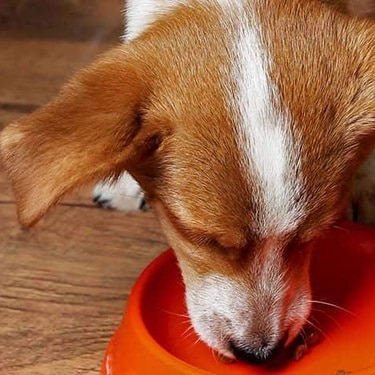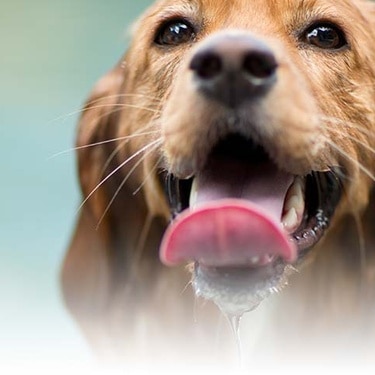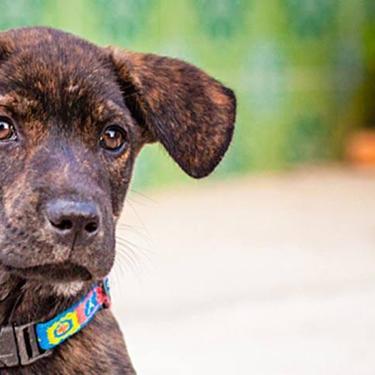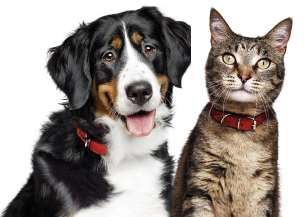This dog breed is moderately easy to train and independent – so they are happy to entertain themselves. They also enjoy social time with the family and will get along with other family dogs if introduced early in their training.
If you have regular visitors, however, beware that your Tibetan Mastiff may not be welcoming. Being a natural guard dog can make them aloof towards strangers and potentially intimidating if they don't trust someone.
A wide-open area is the best choice for Tibetan Mastiffs – either on a farm or in a house with a large garden or yard. Like other large dogs, they do need regular exercise – although, this can be obtained during their guarding duties.
In fact, Tibetan Mastiffs enjoy focussing on work-related tasks and are more active in cooler weather. They do lack endurance, however, so don't expect to go for long runs; they tend to opt for short bursts of exercise instead with rests in between.
Also, despite these dogs being giants, their appetites aren't particularly enormous. Tibetan Mastiffs only eat when they are hungry and it’s fairly common for them to skip meals entirely. In fact, when females are in season, they can often refuse to eat for a week or more – despite the associated weight loss.
Recommended Diet:
Puppy: Hill's Science Diet Puppy Large Breed Dry Dog Food
Adult: Hill's Science Diet Adult Large Breed Dry Dog Food
Hill's Science Diet Adult Perfect Weight Large Breed Dry Dog Food
Mature: Hill's Science Diet Adult 6+ Senior Large Breed Senior Dry Dog Food
These dogs were used as noble guardians and companions of Tibetan villagers and nomads. They helped to protect families and livestock and were the traditional guard dogs of Tibetan monasteries.
The dog breed is so ancient it’s hard to say when the Tibetan Mastiffs came to be – particularly since the Tibetan plateau was isolated for so long.
However, there are some accounts of early travellers seeing large dogs that may have been Tibetan Mastiffs (or its forbearer) as far back as the 1200s. Some travellers were also given Tibetan Mastiffs as gifts – which they took back to the Middle East and Europe to breed.
Health Concerns:
Tibetan Mastiffs are a relatively healthy dog breed. However, as with all breeds, there are a number of ailments to look out for. These include:
- Hypothyroidism: a medical condition that occurs when the thyroid gland does not produce enough thyroid hormone which plays a vital role in regulating various metabolic processes in the body. Possible signs include: thinning coat, lethargy, weight issues, slow heart rate and changes in behaviour, such as dullness.
- Hip Dysplasia: an orthopedic condition that alters the inner workings of the hip joint.
- Elbow Dysplasia: a condition that affects the elbow joint and is caused by abnormal growth and development of the bones in the elbow, leading to joint instability.
- Eye anomalies: Conditions can include Entropion (in which the eyelid rolls inward toward the eye) and Ectropion ( in which the eyelid margin turns outward away from the eye)
It is advised that any prospective pet parents are aware of potential health challenges faced with this dog breed before ownership. Please think carefully before bringing any new dog home.






















